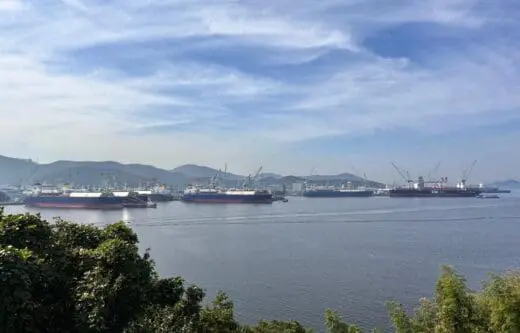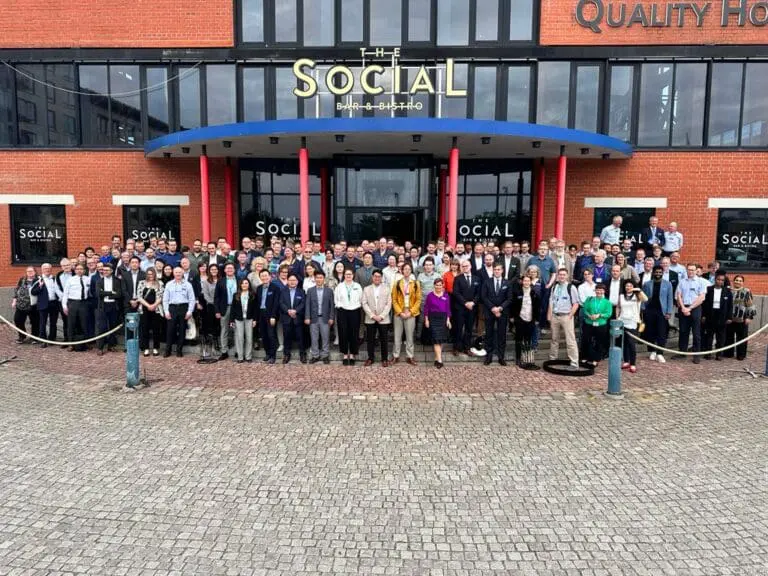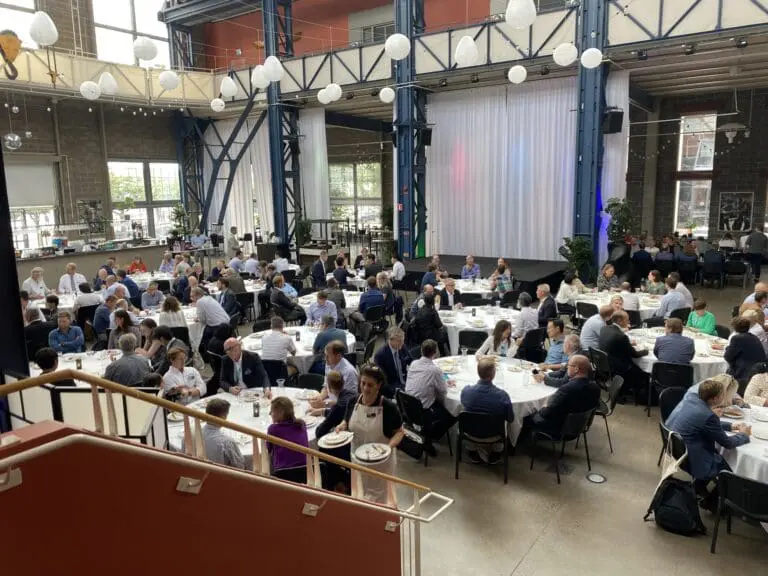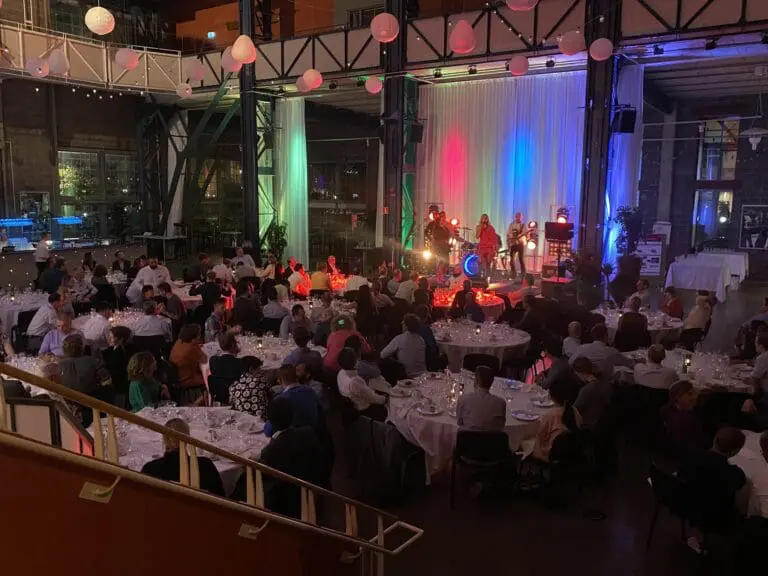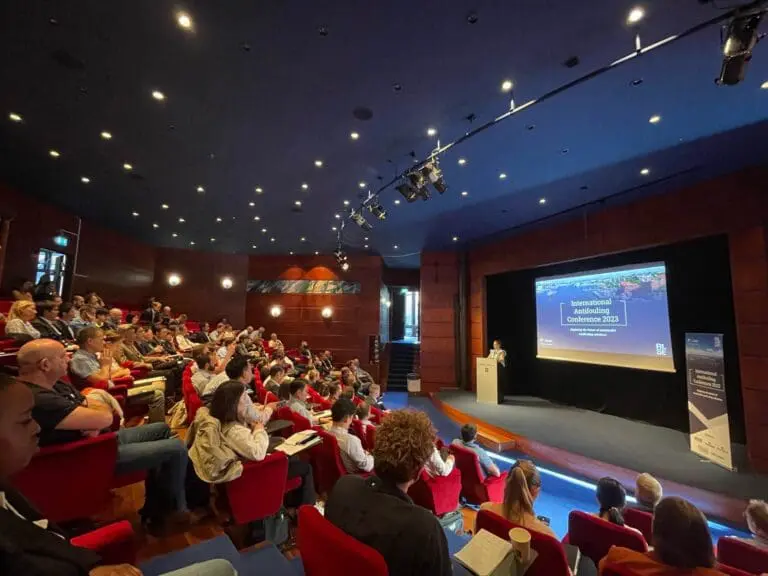To meet decarbonisation targets, ships need effective antifouling systems now, more than ever
As the who’s who in the world of antifouling coatings and biofouling prevention technology world gathered on the west coast of Sweden in mid-September, the importance of the role of antifouling coatings as the first line of defence against biofouling had recently intensified.
At the inaugural International Antifouling Conference last September, the resounding message among participants was that collaboration between paint manufacturers, biocide suppliers, other raw material suppliers and end users is essential to ensuring that coatings technology being developed today, meets the industry’s needs of tomorrow. In the shadow of the Initial IMO GHG strategy which set decarbonisation targets for the international shipping industry, there had never been more pressure on antifouling coatings to perform. Until now.
Fast forward one year and the need for proactive biofouling management and effective antifouling coatings had stepped up a gear. As participants gathered on the west coast of Sweden on September 12-13 for the second edition of the International Antifouling Conference, the pressure on ship operators to decarbonise their fleet had increased significantly in the July before the summer break.
The International Maritime Organization (IMO) had turned the dial up on international shipping’s climate change ambitions at the highly anticipated 80th Marine Environment Protection Committee (MEPC80). A game of regulatory ping pong during MEPC80 resulted in a leap from 50% reduction in GHG emissions by 2050 to Net Zero emissions by, “or around i.e., close to” 2050.
That is a huge step up for the industry, not least because vessels being ordered now, and in the next few years, will need to meet the net-zero emissions requirement towards the golden oldie years of their operating life given that ships have a lifetime that often surpasses 25 years.
In fact, in 2022 the average age of all of the ships in the world merchant fleet was just over 20 years, and the average age of a general cargo vessel was 27 years[1].
While 2050 may seem like a vessel lifetime away, there are also a multitude of regulatory requirements facing the industry before 2050. In terms of climate change ambition, the newly revised 2023 IMO GHG Strategy (upgraded from the Initial IMO GHG Strategy) sets a first level of ambition for the industry to “strive” of 30% GHG emissions reduction by 2030, plus a mandatory 40% CO2-specific reduction target, also by 2030 compared to 2008 levels.
Those immediate targets sit on top of the already established emissions reduction regulatory instruments, EEDI (Energy Efficiency Design Index), EEXI (Energy Efficiency existing ship Index), CII (Carbon Intensity Indicator). To top that off there's an incoming emission trading scheme for ships calling at EU ports and an emissions trading scheme in the UK for domestic vessels.
Since biofouling is a sizeable contributor to increasing ship emissions and will impact the attainment of decarbonisation targets, mid-September was the perfect time for the biofouling prevention Avengers to assemble (excuse the superhero reference) and tackle the issue that lay ahead.
In a nutshell, biofouling accumulation on the hull makes the surface rougher and the ship slower, meaning that to operate at the same speed the ship consumes more fuel and emits more GHG emissions.
Research conducted by the IMO GloFouling initiative[2] has shown that even a light layer of slime can trigger an increase in emissions of 25%, by the time the hull is fully covered in barnacles the increase in emissions can rise up to 55%.
For those working in the antifouling technology sector, and for those bright minds in academic institutions working relentlessly to develop and test novel solutions for biofouling prevention, know that the mission at hand is tough.
As a sector we are challenged by increasing biofouling pressures worldwide due to warming waters as a side effect of global warming. We have been facing a reduction in the size of the marine biocide “toolbox” for over a decade where the number of biocides for marine use have decreased significantly giving the chemistry and biology brains in the laboratories of paint manufacturers a smaller scope of tools to work with to create coatings that can deliver the continuous and long-length protection required for ocean going vessels. We are also facing demands for coatings to have a longer service life and have a linear performance under any conditions, with ships operating between changeable marine environments.
As such, when gathered in Gothenburg, there was a sense of excitement, apprehension and urgency in the room among the ship operators in attendance and the coatings manufacturers alike. From the offset the overarching message for the conference was clear: antifouling coatings play a more important role than ever before in maritime decarbonisation.
Thirty expert speakers from the marine antifouling sector, industry, and academia led discussions around the what's what in antifouling solutions, novel research efforts and the regulatory landscape. Many of the speakers touched upon the fact that although the conference room was comprised a mixture of competitors in the commercial space, working together to develop the best line of defence against biofouling is essential, given the huge task at hand.
The conference commenced with end user perspectives which set the tone for the conference and planted the seed in the minds of antifouling system developers of what is needed in years to come.
In his keynote speech, Martine Koepke, representing the German container shipping giant, Hapag Lloyd reinforced this message, highlighting to participants that keeping a clean hull is cost efficient. He also spoke of the commercial risk of biofouling with some port states rejecting vessels with biofouling causing high costs and delays for owners and operators. His final message was common with the first International Antifouling Conference takeaway – collaboration is key. And that message was more appropriate than ever before at this gathering.
Tor Østervold, founder and CEO of ECOsubsea approached the commercial impact of biofouling that Martin Koepke had outlined in his earlier presentation in a new way, describing biofouling as an unnecessary leakage currently costing the shipping industry 20B$ per year in excessive fuel.
Martin Carlsson from Stena issued an open invitation for the antifouling community to collaborate with them. He said that this will be the only way for the Swedish ship owner and operator to tackle challenges faced when navigating hull performance and coatings selection in the future. He shared their wish list, highlights of which were to extend the service life of antifouling coatings to a minimum of ten years, reduce the cost of antifouling coating supply and improve warranty conditions relating to coating performance.
These presentations and also insights from Jose González of Stolt Tankers performed the function of providing vital feedback to the coatings manufacturers on what is needed and was a stark reminder of the pressure that antifouling coating manufacturers are facing from their customers.
During the conference we also heard from the coatings manufacturers themselves, including Chugoku Marine Paints, Hempel, Jotun and Boero.
Their message was that liquid coatings will remain as the first line of the first line of biofouling defence for most marine vessels, through the main types of liquid antifouling coatings: biocidal, biocidal-loaded foul release and biocide free coatings. R&D is rife in this sector, and they hold the power to revolutionise hull performance. However, the need for innovation is greater than ever before and they have a limited set of tools to work with under current regulatory restrictions around marine biocides and the status of novel solutions and their readiness for upscaling in the market. This is where collaboration to find new ways of combining existing antifouling components becomes more important than ever before.
For biocidal coatings (foul release or self-polishing) this means unlocking the best combinations of biocides working together as a package. This is where links between academia, coatings manufacturers and biocide suppliers are truly vital, since the need for novel technologies to get to market and to upscale quickly is imperative, so that they can be used alongside already established biocidal, foul release and biocide-free coatings in new ways.
This is where Senior Scientist at I-Tech, Dan Isaksson described the multiple methods that have been explored and tested for using Selektope in new ways in both biocidal and foul release coatings through extensive R&D work and collaborations with other biocide suppliers and coatings manufacturers. Unlocking new ways to use technologies such as, Selektope and other antifouling components in the approved for use antifouling toolbox will be imperative for the industry to meet its decarbonisation targets.
Optimising and reducing the concentration of biocides in self-polishing and foul release coatings was also a central discussion topic generated by the coatings manufacturers at the conference, in addition to reducing the emission of volatile organic compounds (VOCs) from coatings. Hempel spoke of biocide-free coatings for the leisure boat market and Boero spoke of clean hull results from their collaboration with the hull cleaning robot developer, Keelcrab.
Proactive biofouling management methods play a key role and for many ships operators reactive cleaning of the hull is a strategy undertaken. The development of coatings that are biocide free and can withstand periodic proactive cleaning was a discussion topic, with Jotun sharing performance results from the Hull Skater cleaning robot technology which is paired with a specialist coating on the hull.
In addition to industry stakeholders from the coatings manufacturers and end users, various representatives from academia, including multiple PhD students, spoke of progressions in the field of antifouling research that could pave the wave for a wider antifouling toolbox. This included superhydrophobic laser induced graphene and plastron regeneration, amphiphilic fouling-resistant coatings, antimicrobial coatings and xanthan gum hydrogel coatings. This conference had it all when it comes to looking into the crystal ball of future antifouling coatings development.
No antifouling conference can progress without discussions around marine biocidal regulation and the EU’s Biocidal Products Regulation (BPR). Once again this regulation was reprimanded for stifling biocidal innovation due to high costs and timeframes and being the primary risk for the antifouling coating ‘toolbox’ diminishing over the past decade and possibly in future years tightening even further. However, the understanding in the room was (as always) that it is very necessary regulation to ensure the safe use of biocides in the marine environment.
Wedged in the middle of the conference was the official conference dinner, which in typical Swedish style comprised a flamboyant band who sang Abba songs, while the crowd enjoyed a dinner full of Swedish traditional dishes and fresh seafood. We partook in the traditional Swedish drinking song Helan Går and there was plenty of networking and enjoying the evening festivities in the relaxed atmosphere of the old Eriksberg ship repair hall.
Overall, the conference once again served as a key platform to gather the industry at a pivotal time when ship operators need antifouling coatings to perform effectively and in more challenging environments more than ever before.
In 2024, the International Antifouling Conference will take a break with the bi-annual International Congress on Marine Corrosion and Fouling (ICMCF) returning for its 20th edition which was halted by the global pandemic in 2020. This is one of the principal forums at which the antifouling coating R&D community and academia meets and we, as I-Tech, look forward to seeing you there.
So, from the conference organisers in the I-Tech team and at RISE Research Institutes of Sweden, tack så mycket (thanks so much) and see you in 2025!
[1] World merchant fleet - age by vessel type 2022 | Statista
[2] Analysing the Impact of Marine Biofouling on the Energy Efficiency of Ships and the GHG Abatement Potential of Biofouling Management Measures. Published by GloFouling Partnerships and GIA for Marina Biosafety, 2022.
Related articles
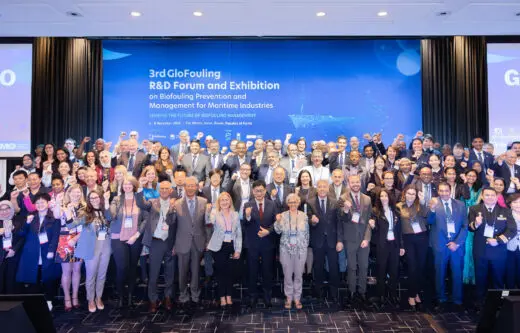
Innovative Solutions and Global Collaboration: Highlights from the 3rd GloFouling R&D Forum in Busan
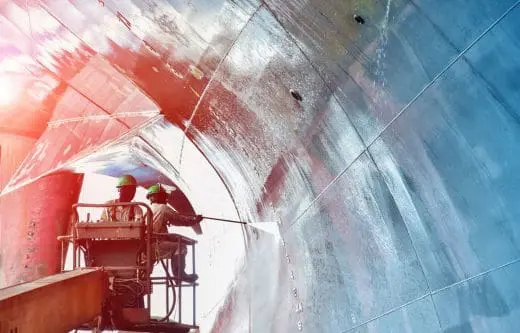
Take aways from IMarEST Biosecurity Symposium 2024
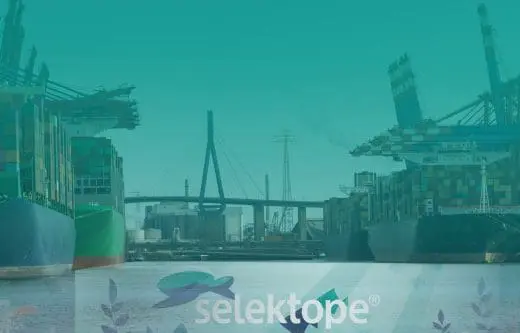
Navigating innovation for smooth sailing: A recap of SMM 2024
